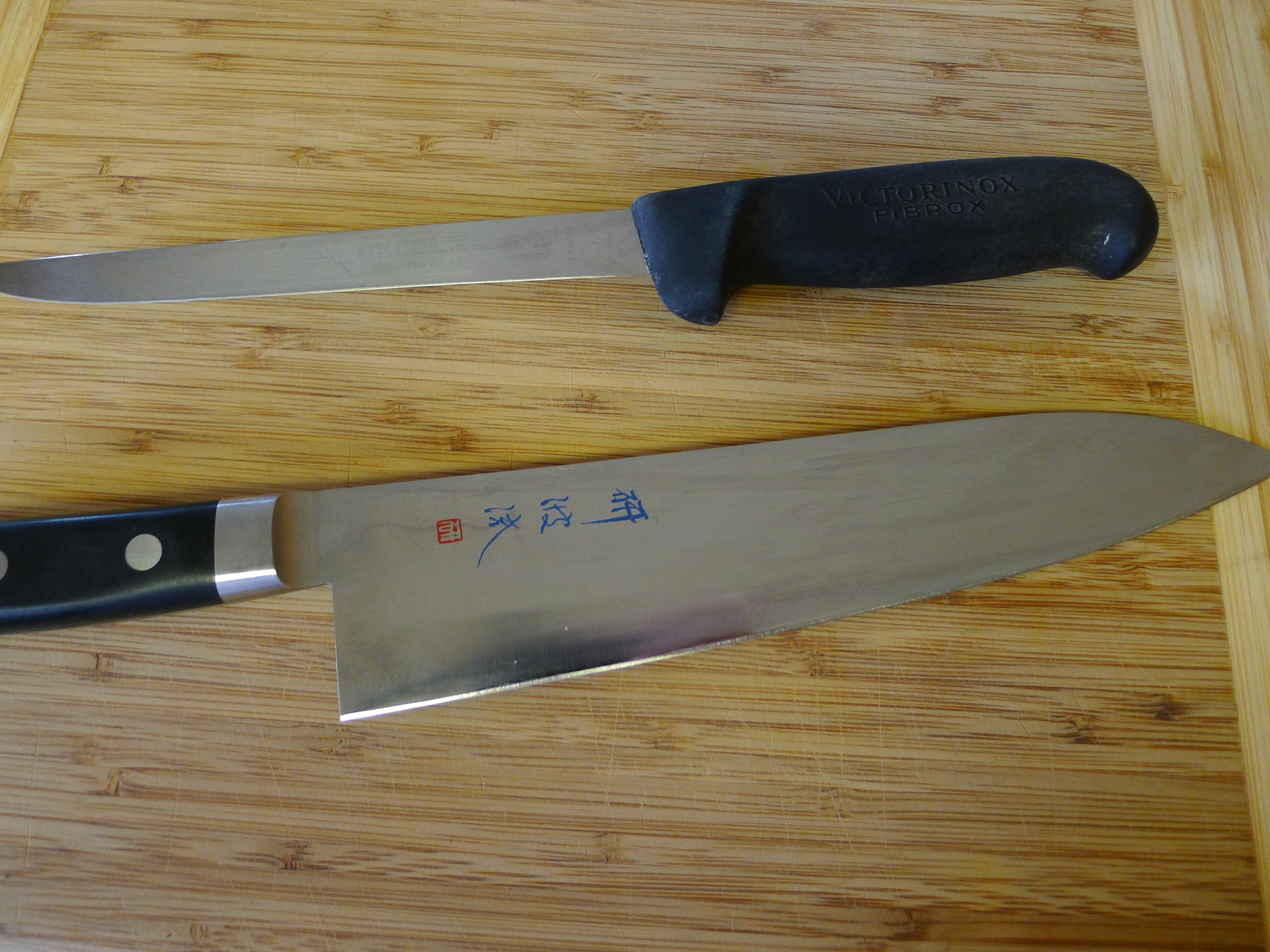Spring Lamb
Now is the time of year for spring lamb. Nick de Toldi, our friend in France, recently discussed with us one of the dishes cookable with the terrine de Soufflenheim, but there this "best seller" of the bourgeois dinner parties named "Le gigot de 7 heures." It is an old recipe that lived a sort of revival in the late 1980's. In Nick's opinion it was re-launched by a clever guy who purchased the original Auberge Ravoux in Auvers sur Oise (where Van Gogh died) and who wanted to serve only "vintage" cuisine. The guy was Dutch and very cleverly explored some old cook books and was serving a shortlist of very original and talented good things at very fair price. The mistake to avoid for this dish is to use a too expensive lamb. In France for a leg of lamb you have 3 levels of price: 1/ Prime French young lamb, for which the leg costs around 60 euros. 2./ Imported from Ireland or Scotland probably at 30 euros for the same sized leg. 3/ Imported frozen from Australia or New Zealand dropping at 12 euros for the same size leg. The most expensive is only for light cooking serving the meat "rosé". The UK ones can go either long or shot cooking and the NZ ones are very good for all sorts of heavily cooked or spiced tajines, couscous, curry, Daubes d'Avignon, gigot de 7 heures, etc... (and even for the French Asado, usually cooked somewhere along the sporting road). As for lamb stateside, try to find a small local producer. We have one here, selling ones which are every bit as good as the French ones. As for imported ones, Costco provides a nice de-boned leg of lamb which is perfect for the French Asado or gigot de 7 heures.

